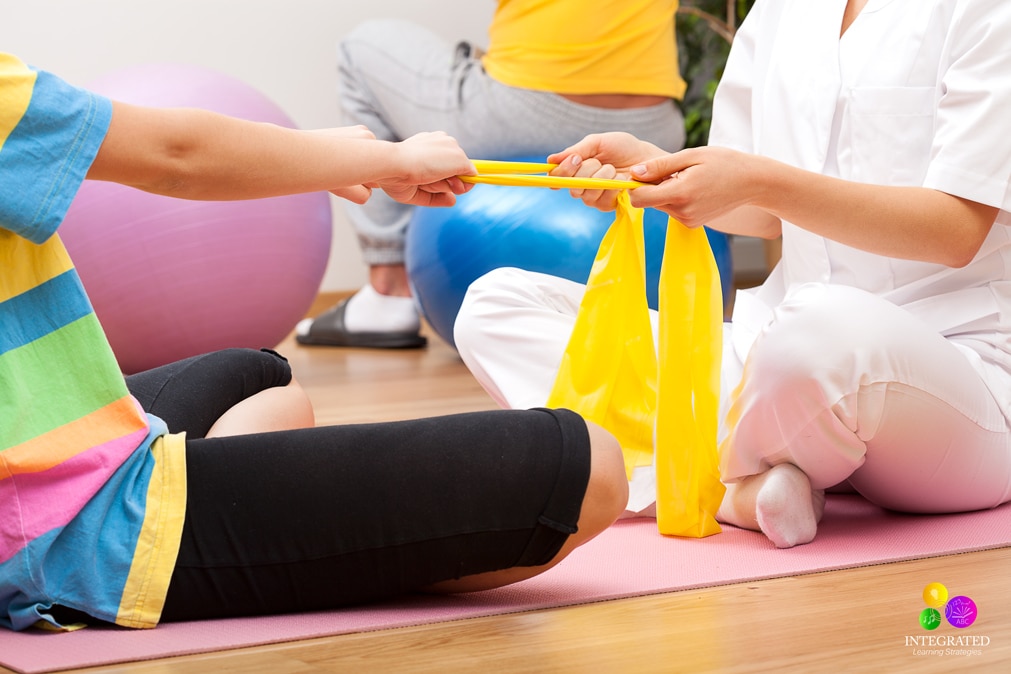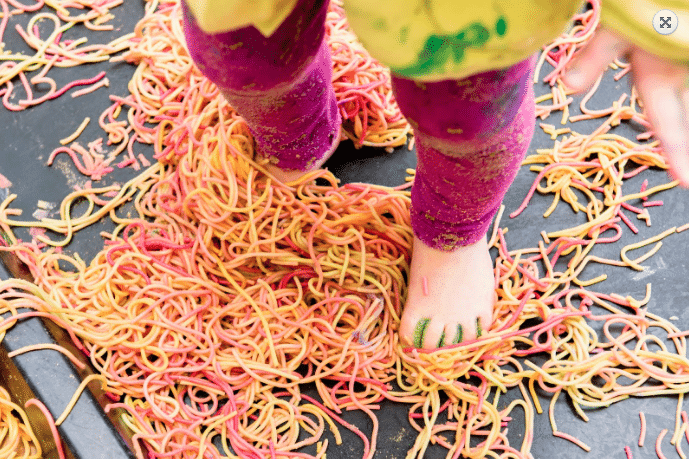Latest From Blog

Why is it important to stimulate your child from an early age?
Stimulation is necessary for survival of a new-born baby. Touch for a new-born is the most important sensory stimulation that a baby needs for survival. Failure to thrive will occur if a new-born is not touched regularly. Advance brain development will occur if a baby is stimulated beyond what naturally occurs to raise a baby.…

Dyslexia vs Laterality
How does the child present in the classroom The child with Dyslexia: Confusing b/d Reverses letters/numbers Skips words/lines when reading Performs poorly in spellings tests Has anxiety when reading Guesses words when reading Reading and/or spelling below age level Knows the work when mom asked them at home but performs poorly in the exa Adds…

Ideas to improve of reading, spelling and comprehension
Name the starting sound/ending sound of words Name and identify letters of the alphabet (sound the letter) – start with lower-case letters and progress to capital letters Write letters – let the child learn the correct forming of each letter: practice this by writing it in salt, forming it with clay, writing down on paper…

Why do some kids struggle to read and spell?
Good readers are: phonemically aware (can sound the letters) knows die letters of the alphabet possess strong vocabularies (knows appropriate words for their age) knows syntactical and grammatical skills e.g. spelling rules It is vital that visual perceptual skills (the building blocks for reading and writing) are intact: Discrimination Memory Sequential memory Form constancy Closure…

Why do some kids struggle in school?
What could cause a child to struggle in school? Developmental delay The parents will hopefully have realize this early on and taken the child for therapy. Learning difficulties These difficulties usually only become apparent when a child goes to nursery school or Gr. R. Referring a child for an assessment at an occupational therapist. Emotional…

So what does dyslexia really mean?
(All information was obtained from Stark – Griffin’s book Dyslexia) I can test for and treat dyslexia in children Gr. 3 – Gr. 12.I am registered as a specialist on the Red Apple website and www.disleksie.co.za Definition of dyslexia A neurological-functional problem manifesting as a deficit in word decoding (reading), encoding (spelling) and nemkinesia (writing)…

What is Autism?
Autism forms part of a wider diagnosis called autism spectrum disorders. Other diagnosis that also falls under the autism spectrum disorder is Asperger’s syndrome, pervasive developmental disorder and disintegrative disorder. It is believed that 1 in 88 children suffer from autism. The exact cause of autism is still unknown but it is believed that genetics…

What is occupational therapy all about?
Occupational therapists: Assist people to reach their full potential in independence in all areas of their life focusing more on play (work for adults) and activities of daily living (e.g. eating, bathing, dressing, driving, etc.). We treat a person in a holistic way looking at their unique personality, social support system, financial situation, their strengths…

Does my child have low muscle tone or insufficient postural control?
What is muscle tone? Definition (medical-dictionary): The internal state of muscle-fiber tension within individual muscles and muscle groups. Degree of muscle tension or resistance during rest or in response to stretching. The tone in your muscle when at rest This has nothing to do with muscle strength You are born with a certain tone in…

Tips for kids who are left handed
It seems that more and more children are left-handed these days!!?? This is only partially true as we as parents and teacher are not ‘forcing’ kids to be right handed any more but giving them the opportunity to develop their dominance naturally. Unfortunately we live in a right-handed word as most people are right handed.…

The importance of laterality and midline-crossing
Laterality Hand preference starts to develop between 2 – 4 years of age. Hand dominance should be fully intact by the age of 5 years 6 months old. By now your child should use 1 hand, dominantly, for all of the tasks he performs. If you child is still switching hands to perform tasks there…

How to improve a child’s concentration in the classroom and at home while doing homework?
There could be a variety of reasons why a child is struggling to focus/keep concentrating in the class and home environment e.g.: Tiredness Emotional distress ADD/ADHD Poor postural control Low muscle tone Finding the work too difficult for his/her level of functioning Hunger Incorrect sitting posture Not enough ventilation Too hold/cold in the environment Environmental…

Dyslexia vs Visual Perception
How does the child present in the classroom/at home: 1.Dyslexia Reverses letters/numbers Skips words/lines when reading Performs poorly in spellings tests Has anxiety when reading Guesses words when reading Reading and/or spelling below age level Knows the work when mom asked them at home but performs poorly in the exams Adds extra letters to words/omits…

When should a child be referred to an occupational therapist? (Part 2)
7. Praxis Praxis (also called motor planning) is the ability of the brain to conceive, organize, and carry out a sequence of tasks/actions. Praxis is the ability to self-organize. Praxis includes ideation – motor planning – task execution. Impairment here will influence gross motor skills, planning tasks, work speedand task execution negatively. How will I…

When should a child be evaluated by an occupational therapist? (Part 1)
It is important to keep in mind that each child develops at his/her own pace. The moment a child’s performance is impaired/influenced/limited in a life sphere (school, play, social skills, self-care, communication) the child should be referred for an occupational therapy assessment. If a child shows impairment in one of the following areas and/or struggles…

What is visio-motor integration and why is it important for hand writing?
Visio-motor integration is the ability to coordinate the visual system (what we see) with our fine motor skills (to be able to copy this using our hands). Our visual system consists of 3 factors: 1.Visual perceptual skills Discrimination Memory Sequential memory Form constancy Foreground-background Spatial relations Position in spaceVisual acuity 2. Vision Eye-muscle functioning 3.…

Sensory Integration (Part 7) – The Vestibular System
The vestibular sense has an influence on: Vision Hearing: speech and language development Muscle tone Bilateral integration Motor planning Movement Balance Gravitational security Emotional security Physical security Registration The vestibular system is regulated by two systems: the semi-circular canals and the otolith. The vestibular system is activated by movement of the head (linear, angular or…

Sensory Integration (Part 8): Praxis
Sensory integration – Overview of Praxis Ayres describes praxis as “A uniquely human skill requiring conscious thought and enabling the brain to conceptualise, organise and direct purposeful interaction with the physical world. Thus, the ability by which we figure out how to use our hands and body in skilled tasks like playing with toys, using…

Sensory Integration (Part 6): Postural Control
Postural stability Postural control assists us to maintain postures against gravity. Stability is necessary when we are sitting, standing and moving. It gives us the safety and security to move, if a child does not have this security the child may become emotionally insecure. Postural stability is influences by 4 systems: visual, vestibular, proprioception and…

Sensory Integration (Part 5) The Proprioceptive System
The proprioceptive system has an influence on: Visual discrimination Tactile system Vestibular system Motor control Motor planning Sequencing of movements Grading of movement (force, speed and timing) Postural stability Emotional security Body awareness Alignment of body parts Registration This system, like the vestibular system, is automatic and not part of our conscious awareness. Bundy says…

Sensory Integration (Part 4): The Touch System
THE ANATOMICAL REVIEW – REGISTRATION The touch system has the biggest receptor area of all the senses. We need constant touch to keep us organized and functioning. We register touch through receptors in our skin. We register light touch, deep pressure, skin stretch, vibration, movement, temperature and pain from tactile receptors. THE TACTILE SYSTEM…
- « Previous
- 1
- 2
- 3
- 4
- Next »





